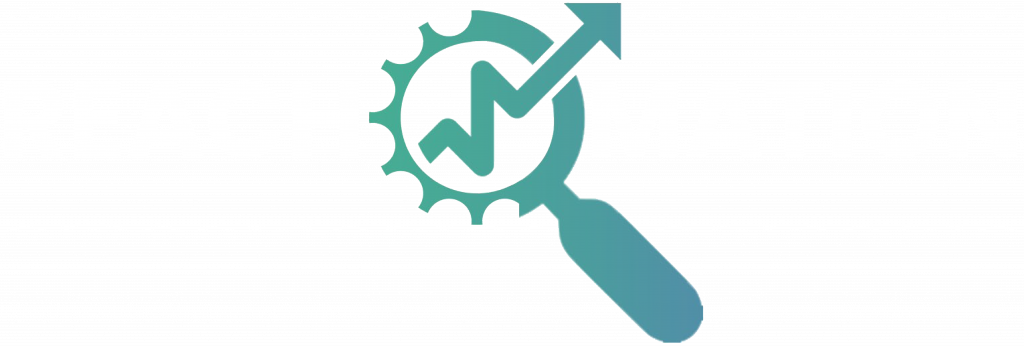Are you wondering what’s the difference between reach and impression? If so, you’re not alone. With social media marketing, it’s important to understand both metrics in order to effectively gauge your success.
Reach is the number of people who see your content, while impression is the number of times your content is seen. So, if one person sees your post three times, that’s one reach and three impressions. In case of impressions, it doesn’t matter if the audience engaged with it. If the post was sent to their feed, it counts in impressions.
So, let’s dig in deeper to understand the importance of both the terms.
Major difference between reach and impressions?
An impression is defined as an occurrence of an advertisement being seen by a potential customer. An ad may be displayed numerous times, generating multiple impressions. One person may see the same ad several times (multiple impressions) or multiple people may see it once (one impression each). Impressions are useful for brand awareness or general marketing, but not useful for measuring conversions, since one person may see the same ad multiple times but only convert once.
Reach is different from impressions in that reach is the total number of people who see your ad. So if you have a reach of 100,000 that means that 100,000 people have seen your ad. Impressions are the number of times your ad has been displayed, no matter how many people have seen it. So if you have 1 million impressions, that means your ad has been displayed 1 million times.
When you’re looking at your social media analytics, it’s important to know the difference between reach and impressions.
Reach and impressions are both important metrics to track because they give you different insights into how your content is performing. Reach shows you how many people are seeing your content, while impressions show you how often it’s being seen.
A high reach with low impressions can indicate that your audience is not interested in your content, while a low reach with high impressions can mean that your content is not being seen by enough people. To get the most out of your content marketing, you need to strike a balance between reach and impressions to ensure that your target audience is seeing and engaging with your content.
Reach is important because it ensures that your content is being seen by as many people as possible. The more eyes on your content, the more likely it is to be shared, liked, and commented on. This increased engagement will help to boost your brand’s reputation and build trust with your audience.
Impressions are just as important as reach because they let you know how effective your content marketing strategy actually is. If you have a high reach but low impressions, it could be an indication that audiences are losing interest in your content halfway through; conversely, if you have a low reach but high impressions, it might mean that audiences are finding your content after it has been shared multiple times. In either case, you need to take a close look at what’s happening so that you can make changes to improve the effectiveness of your strategy.
Ultimately, both reach and impressions are essential for any successful content marketing strategy. By keeping an eye on both metrics, you can ensure that you are reaching and engaging with your target audience in the most effective way possible.
The benefits of having a high reach and high impressions
It is important to have a high reach and high impressions on your social media posts because it means that your content is being seen by a large number of people. This can lead to increased brand awareness, which can eventually lead to more sales and customers. Additionally, a high reach and high impressions can also lead to more engagement on your posts, as more people are seeing and interacting with your content.
The difference between Instagram reach vs impression and YouTube reach vs impression
There is a big difference between Instagram reach vs impression and YouTube reach vs impression. Here is a look at the two:
Instagram Reach
The number of people who see your content on Instagram is your reach. That includes everyone who sees your content in their feed, even if they don’t interact with it. Your reach can be affected by how often you post, how often your followers interact with your posts, and how much engagement your posts get.
Instagram Impressions
An impression is counted when someone sees your content on Instagram. Just like with reach, this includes anyone who sees your content in their feed, even if they don’t interact with it. The number of impressions you get can be affected by how often you post, how often your followers interact with your posts, and how much engagement your posts get.
YouTube Reach
The number of people who see your content on YouTube is your reach. That includes everyone who sees your video in their feed, even if they don’t watch it. Your reach can be affected by how often you post videos, how often people subscribe to your channel, and how many views and likes your videos get.
YouTube Impressions
An impression is counted when someone sees your video on YouTube. Just like with reach, this includes anyone who sees your video in their feed, even if they don’t watch it. The number of impressions you get can be affected by how often you post videos, how often people subscribe to your channel, and how many views and likes your videos get.
What should be your marketing strategy based on reach and impressions?
The most important part of your strategy should be to know your target audience. Be it an ad or organic post, less impression and reach helps you to understand if you are targeting the right audience. Even if you are drawing huge impressions but the reach is low, it won’t work for your brand as you won’t get potential buyers. Once you start looking at these metrics constantly, you will understand what’s working for you and what’s not. Changing your posting time, some changes with audience demographics can work wonders if you are not getting your desired reach and impressions.
Once you have shared your post, it is important to see the engagement and act upon it. Engagement is a metric that defines how the audience is engaging with your post. It is the ultimate goal of any marketer to draw the audience towards the post and let them talk about the service/product you are selling. Once you start building that community of users, you will automatically see your impressions and reach rising as the audience will start sharing your posts and engage with it.
It is important to understand that all of these metrics are dependent on each other. So there is no way you can ignore one and work on the other. So start acting on it as soon as possible if you see less reach and engagement on your posts.


Leave a Reply